Fiber or grain: which is the best source of energy for the horse?

Transport stress in the horse
26 July 2022Fiber or grain: which is the best source of energy for the horse?
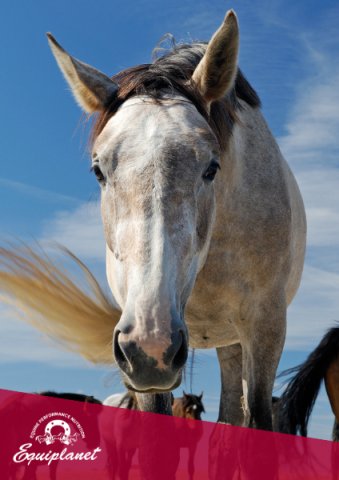
Fiber and grains are the basis of the sport horse’s diet. But which of the two turns out to be the best source of energy for the horse? Equines are monogastric herbivores, meaning they have a simple stomach and feed mainly on fibrous vegetation or plant material, which should make up the largest percentage of the horse’s diet. Often, the demands of sport and stabling alter what is the physiology and ethology of the horse. Let’s look at how best to use the different energy sources.

How does digestion occur in the horse?

The unique digestive system of horses allows them to utilize most of the nutrients found in fibrous plant material: Soluble carbohydrates, proteins and fats are digested in the stomach and small intestine with the help of enzymes, while insoluble carbohydrates are digested by bacterial fermentation in the cecum and colon. This fermentation in the large intestine is what allows horses to use the fiber portion as a source of nutritional energy.
The role of intestinal flora

The cecum and colon essentially constitute a large fermentation pool containing numerous species of microorganisms, including bacteria, protozoa and yeasts. While horses do not possess the digestive enzymes needed to digest fiber, these microorganisms do and, through the fermentation process, are able to convert fiber into useful nutrients for the horse.
Why can dietary changes be dangerous?
Without a proper balance of bacteria in the hind gut, the horse would not derive much nutritional benefit from fiber. The balance and stability of this bacterial population in the hind gut is extremely critical, because changes in this balance can cause digestive disorders. Because different bacterial species are required for fermentation of different nutrients, a small change in the diet can alter the balance.
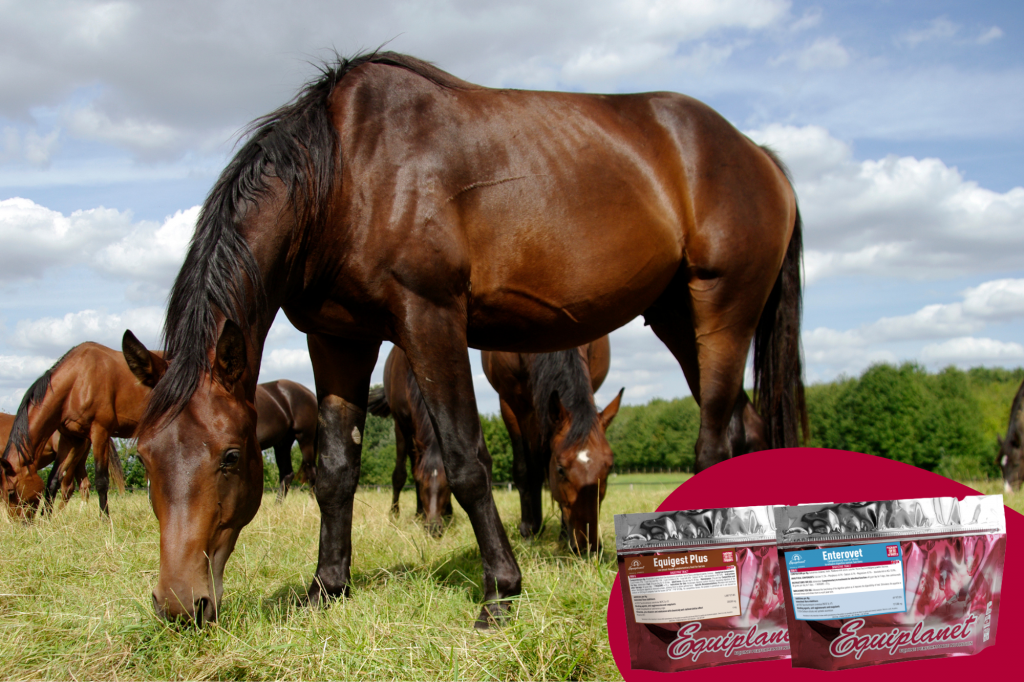
When there is a change in the horse’s diet, the risk of digestive disorders increases, with very serious outcomes for the horse’s well-being. Therefore, it is very important to keep the diet constant and slowly make any changes to the diet, including hay or pasture. In the case of ration changes, help the populating and efficiency of the bacterial species in the horse’s large intestine with the use of complementary feeds containing prebiotics and probiotics such as Enterovet, or just Live Yeasts such as Equigest.
What are the products of intestinal fermentation in the horse?
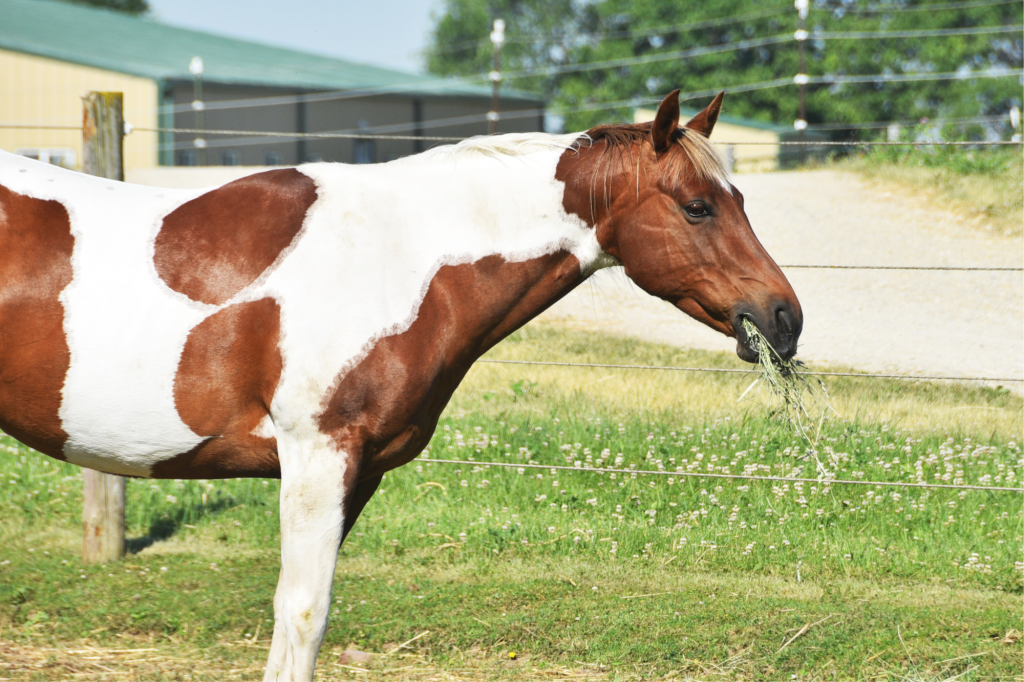
As we have already explained, bacterial fermentation of fiber leads to the production of volatile fatty acids (VFAs) and lactic acid. VFAs are readily absorbed into the bloodstream and transported for direct energy use or for glucose or fat synthesis and storage. Lactic acid can also be used in biochemical reactions to synthesize glucose for energy use. The production of VFAS and lactic acid results in a slower release of energy than the rapid breakdown of soluble carbohydrates in the anterior intestine. For this reason, continuous intake of small, high-fiber meals helps prevent large surges in blood glucose concentration.
What is the role of complete feed and cereal mixes?
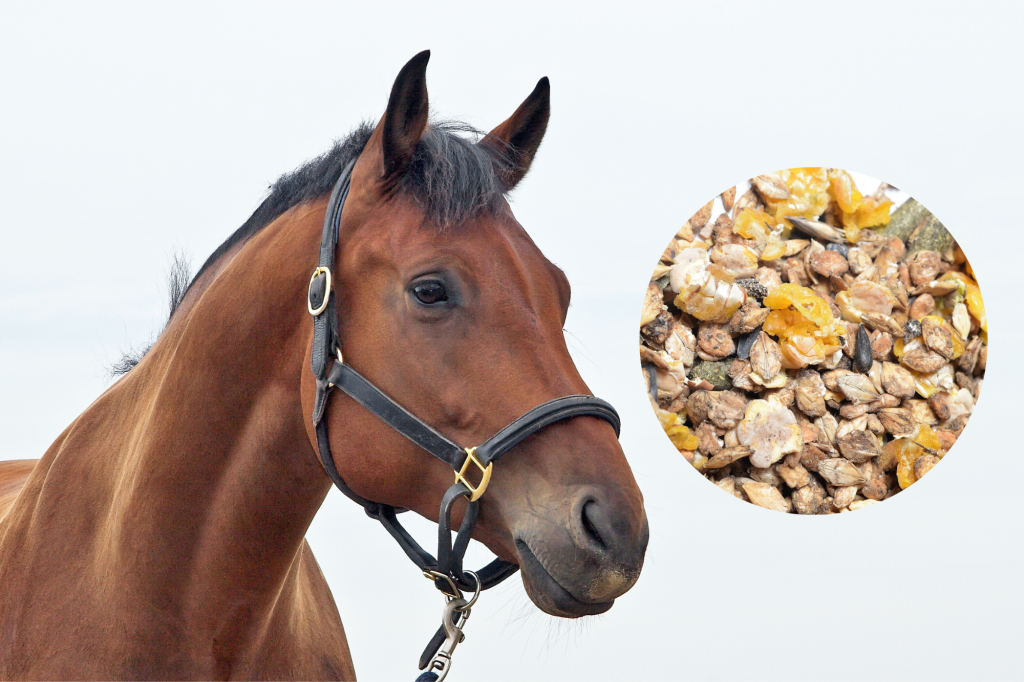
When we feed compound feeds and grains, different bacterial species are required for fermentation and energy production. If a large amount of soluble carbohydrates reach the hind gut (commonly called “starch overload”), excess lactic acid and VFAs production occurs. As a result, the environment of the posterior intestine is altered, leading to intestinal acidosis.
Cereals and insulin resistance

Feeding a diet high in sugars and starches reduces horses’ insulin sensitivity. Maintaining body condition and avoiding cereal meals high in sugars and starch would be helpful in reducing the risk of developing insulin resistance and associated metabolic syndromes in horses, especially for horses at risk for these dysregulations such as the elderly, overweight, ponies, Arabians, and heavy breeds.
Alternatives to the use of cereals

Given the effects on nutrient digestibility and digestible energy, several studies suggest the possibility of partially replacing grains, in horse diets, with vegetable oils and/or beet pulp, without adverse effects on overall nutrient utilization. The metabolic response predicts lower lactate production and higher glycogen content in muscle after exercise. Beet pulps are very palatable and are often used to administer complementary powder feeds when the flavor is not palatable to the horse. Beet-only peels and pellets should be soaked between 12 and 24 hours before feeding.
Sources of fiber
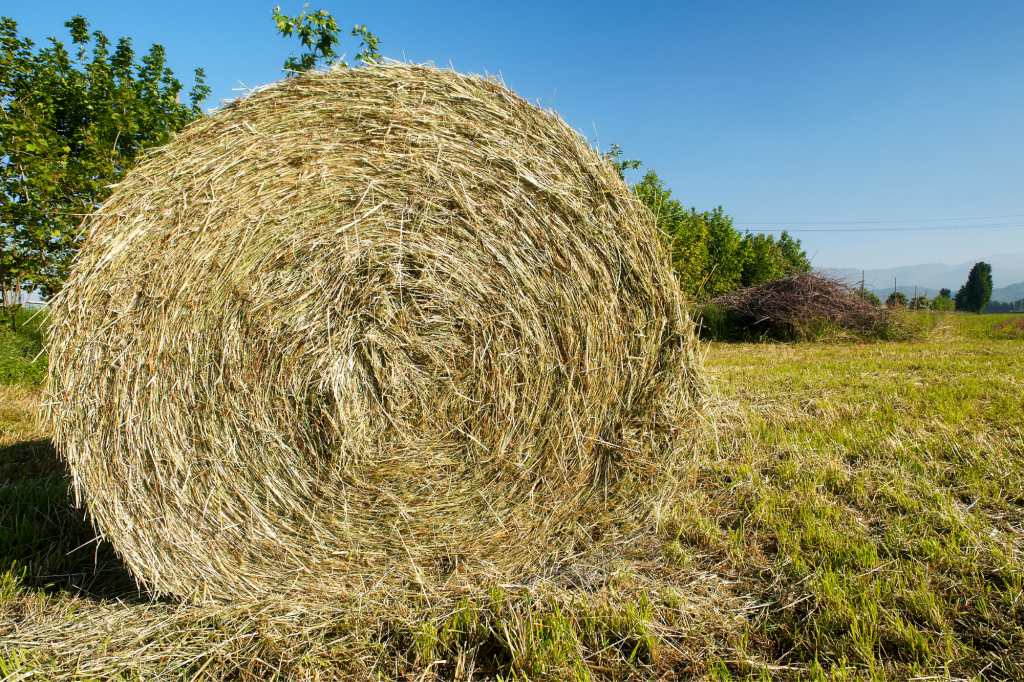
Fiber for the horse is found in several plant sources or forages. These include: grass, hay, cubed hay, alfalfa pellets, beet pulp and bran. Long fiber is important to promote proper intestinal motility and adequate rate of passage of digesta through the intestines. To maintain digestive system function, long fiber, should make up no less than 50 percent of the diet and be fed at least 1.5-2 percent of the horse’s body weight per day.

Short fiber, ground or pelleted, is often found in commercial horse products. The advantage of having highly fermentable fiber in a concentrated horse feed is to maintain a healthy and active bacterial population in the large intestine. Ultimately, to provide a safe and natural form of energy/calories to the horse. The benefit of having fermentable fiber in a concentrated horse product is also to provide bulk to the diet, helping to slow intake, encouraging water consumption, and ultimately warding off digestive upset.
High-fiber horse feed products are also useful when forage quality and/or quantity is questionable or variable. These products provide consistent, guaranteed nutritional analysis and are a practical way to incorporate fiber into a horse’s diet. A high-fiber feed can be especially useful for traveling horses to minimize digestive upset associated with changes in diet or environment.
Fiber Deficiencies

Research reports that insufficient fiber can lead to acidosis of the hind gut, resulting in gastric and enteric problems, stable vices and stereotypies (support tics), and behavioral problems such as nervousness, irritability, and poor work propensity.
At what age is the foal able to digest fiber?

A study conducted in 2013 showed that at 2 months of age, the volatile fatty acid profile of foals’ feces remains constant and the concentration of cellulolytic bacteria is comparable to adult values, so this is the age at which the foal is able to digest fiber.
Fat Fiber
Fat Fiber is a feed with good fiber (12.5%) and fat (8%) content and reduced content of nonstructural carbohydrates (12%) that is starches and sugars. This makes it a viable alternative to traditional feeds, especially if the intent is to provide energy, warding off dysmicrobialism and gastro-enteric acidosis. Useful in the sport horse and in cases of poor quality hay. Inclusion of Fat Fiber in the ration give the right balance of forages and concentrates to provide all the essential nutrients to meet requirements while supporting the function of the equine digestive system.
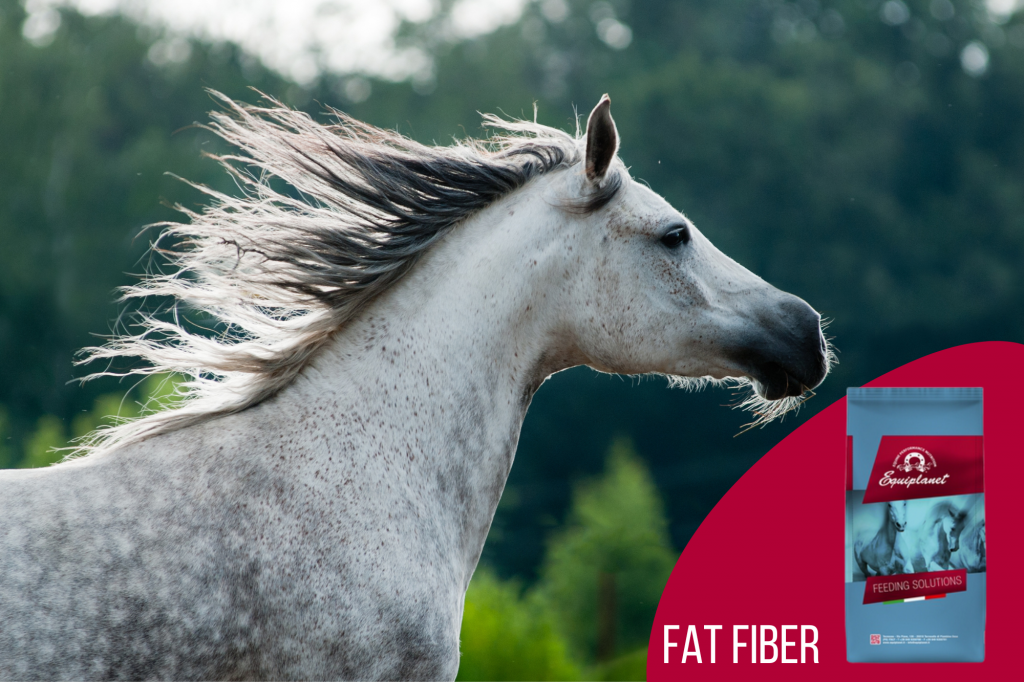
A study conducted on thoroughbred foals showed that with the fiber feed, similar growth was achieved in foals fed grain, but with improved gut function, evidenced by higher pH and lower lactate levels

Limited effects on nutrient and energy digestibility suggest that it should be possible to partially replace oats with vegetable oils and/or beet pulps in horse diets without adverse effects on overall nutrient utilization.
For more information on feeding sport horses or for breeding, please feel free to email us at info@equiplanet.it
Follow us on Instagram or Facebook to stay updated with Equiplanet news.
Bibliography – Fiber or grain: which is the best source of energy for the horse?
- Growth Rates of Thoroughbred Foals and In Vitro Gut Health Parameters When Fed a Cereal or an All-Fiber Creep Feed. Meriel Moore-Colyer, 2020
- Nutritional and Non-nutritional Aspects of Forage. Nerida Richards, 2021
- Review: Feeding conserved forage to horses: recent advances and recommendations. P A Harris, 2017
- Effect of partial replacement of oats with sugar beet pulp and maize oil on nutrient utilisation in horses. J E Lindberg, 2001
- Obesity and diet affect glucose dynamics and insulin sensitivity in Thoroughbred geldings. R M Hoffman, 2003
- Nutrizione Equina, Z Davies, 32-42, 135

